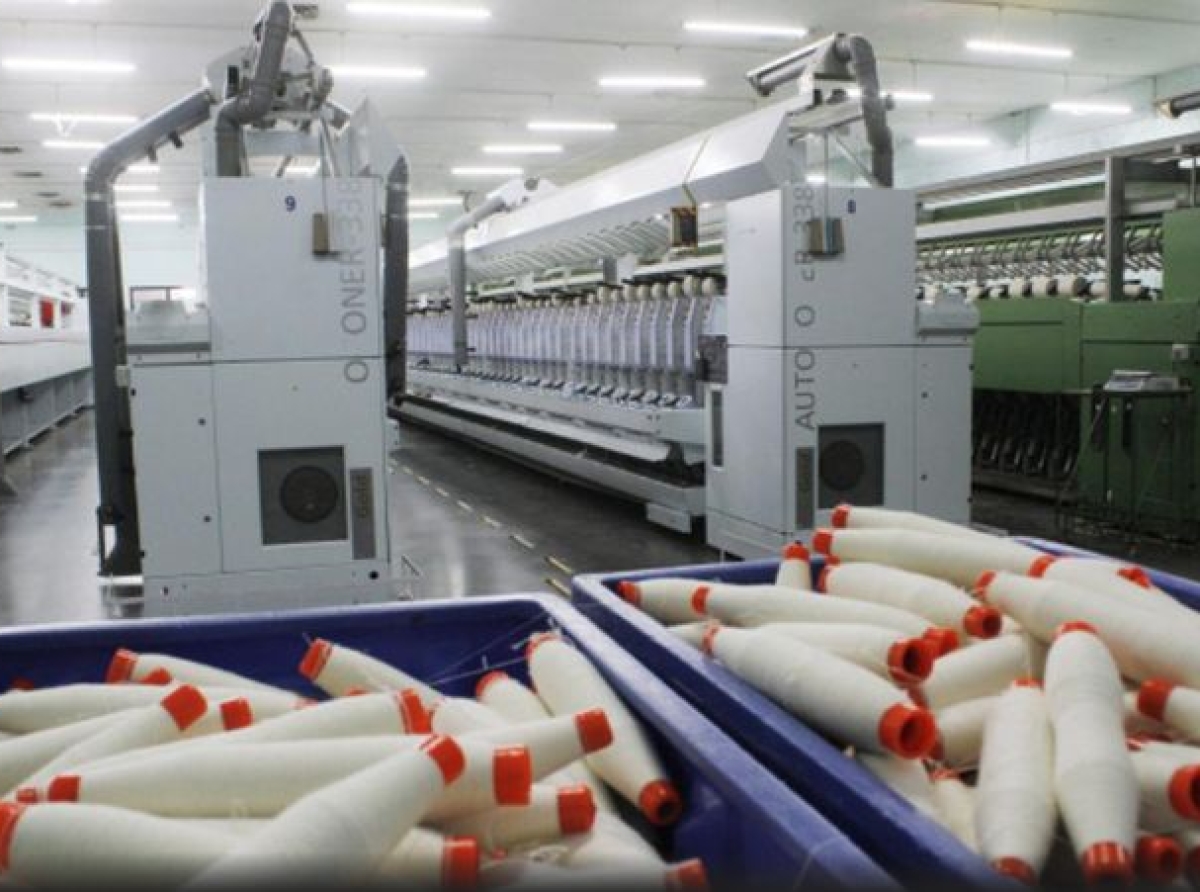Government implements new policy measures to address the Indian textile industry

20 March 2023, Mumbai
Unequivocally there is a complete unanimity around the fact that textile industry has contributed remarkably to economic prosperity in the global economy and India is no execption.
The Indian textile industry is proud of its heritage as one of the country's oldest and largest industries, employing millions of people and a greater part of the textile industry in India runs & operates under the unorganized sector nationwide and,l contributing considerably to the country's national economy and prosperity. However, in recent years, however, the industry has faced a number of challenges, including stiff competition from other countries and rising production costs.
The commendable textile sector performance is a testament to the resilience of the Indian textile industry, which has been able to tide over the difficult & challenging COVID-19 pandemic times and the subsequent disruptions caused by the outbreak of the Russia & Ukraine war in global supply chains (GSCs).
Govt Implements Policies to Boost Indian Textile Industry Competitiveness
Given in recent years, the industry is grappling with numerous challenges, such as stiff competition from other countries and rising production costs amid global economic turmoil.
A myriad of Indian government initiatives implemented in a targetted & calibrated manner aimed at promoting the industry's growth and competitiveness is laudable.
One of the many measures introduced by the government is the introduction of a new textile policy aimed at promoting innovation-led growth, degradation, and modernization in the industry.
We have to mention here that, the policy includes a series of measures, spanning economic incentives aimed at textile manufacturers who invest in research and development (R&D), and the establishment of specialized textile parks backed up by a plug-and-play new age infrastructure to motivate a spirit of collaboration and innovation.
Ground up policy
Something which potentially can be a game changer is the implementation of a new export promotion scheme for the textile industry. The scheme contours are that textile exporters will receive financial incentives to help them globally competitive as it is well directed at reducing the cost of production, with the provision to remove certain duties and taxes on imported textile machinery and raw materials thus lessening the tax burden.
The Ministry of Textiles' Samarth Scheme for Capacity Building in the Textile Sector has played a key role in closing the skill gap. Labour code reforms will serve well to this labour-intensive industry in order to give a boost & impetus to its economic growth.
The government has facilitated permitting 100% FDI in the sector under the automatic route to attract precious overseas investment in this industry. Applicable (GST) The goods and services tax existing rate to the textile sector is 5% after some rationalisation. However, applicability of GST on the inputs applicable to (MMF) man-made fabrics it is prevailing between 5%, 12% and 18% on the other end of the spectrum which needs to be rationalised in the largest interest of the trade and its long-term health.
New Policies to Boost the Indian Textile Sector
Upendra Prasad Singh, Textile Secretary while felicitating the winners of the TEXPROCIL Export Awards 2020 – 2021 on 23rd August 2022 in Mumbai, had informed that the govt. has commissioned the PLI Scheme, MITRA Parks Scheme, and GATI Shakti Scheme with a view to attracting investments and shoring up prospects of the sector, reforming infrastructure, and addressing logistic bottlenecks.
Weaver Mudra Scheme (WMS) This scheme launched by the Union Textile Ministry is said to have enormously benefitted 121 weavers in the financial year 2022-2023 doing a great service to the trade.
Improving liquidity; Additionally, the other steps undertaken are intended to improve the availability of credit and finance for textile manufacturers. This also includes the construction of a dedicated fund to provide affordably low-interest loans to textile companies, also facilitating the expansion of existing credit schemes as in an inclusive growth covering more & more small and medium-sized businesses (MSMEs).
Another gold standard is the announcement of 'National Technical Textiles Mission' proposed with the provision for a time period from 2020-21 to 2023-24. The Indian government has also introduced the new Amended Technology Upgradation Fund Scheme (ATUFS) to support, and promote encourage the modernization and growth of the textile sector to stay relevant and competitive in the changing business environment.
Deeper issue
As a holistic approach to further support promoting the interest of the industry, the administration has also introduced a range of measures aimed at bolstering the overall infrastructure and logistics network for the textile sector. These broader initiatives include the development of new highways, railways, and ports to fast-track the movement of raw materials and finished goods, as well as the establishment of textile clusters in strategic production centers to derive synergies by sharing resources and expertise.
Leap Forward: Bold Steps Towards Progress
Overall, these policy measures represent a significant step forward for the Indian textile industry, which has faced a number of challenges in recent years. By promoting innovation, modernization, inclusive development, green growth and competitiveness, the government's new policies are expected to help the industry overcome these challenges and continue to grow and prosper in the years ahead.
A potential game-changer; India is in talks with other countries to accelerate FTAs or PTAs (preferential trade agreements) and this dialogue has continued with the United Kingdom, and the European Union among others to galvanize merchant exports on the whole as a journey ticking the right boxes.
























